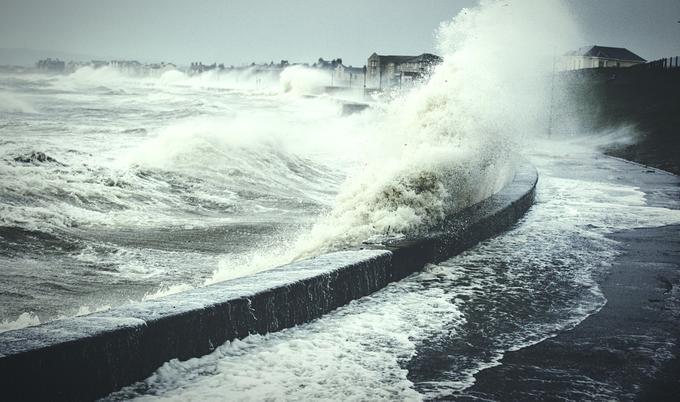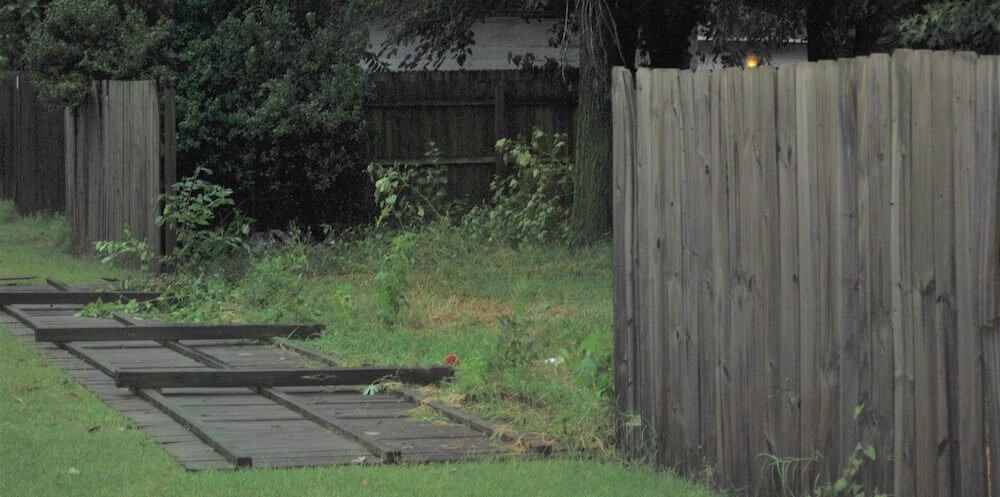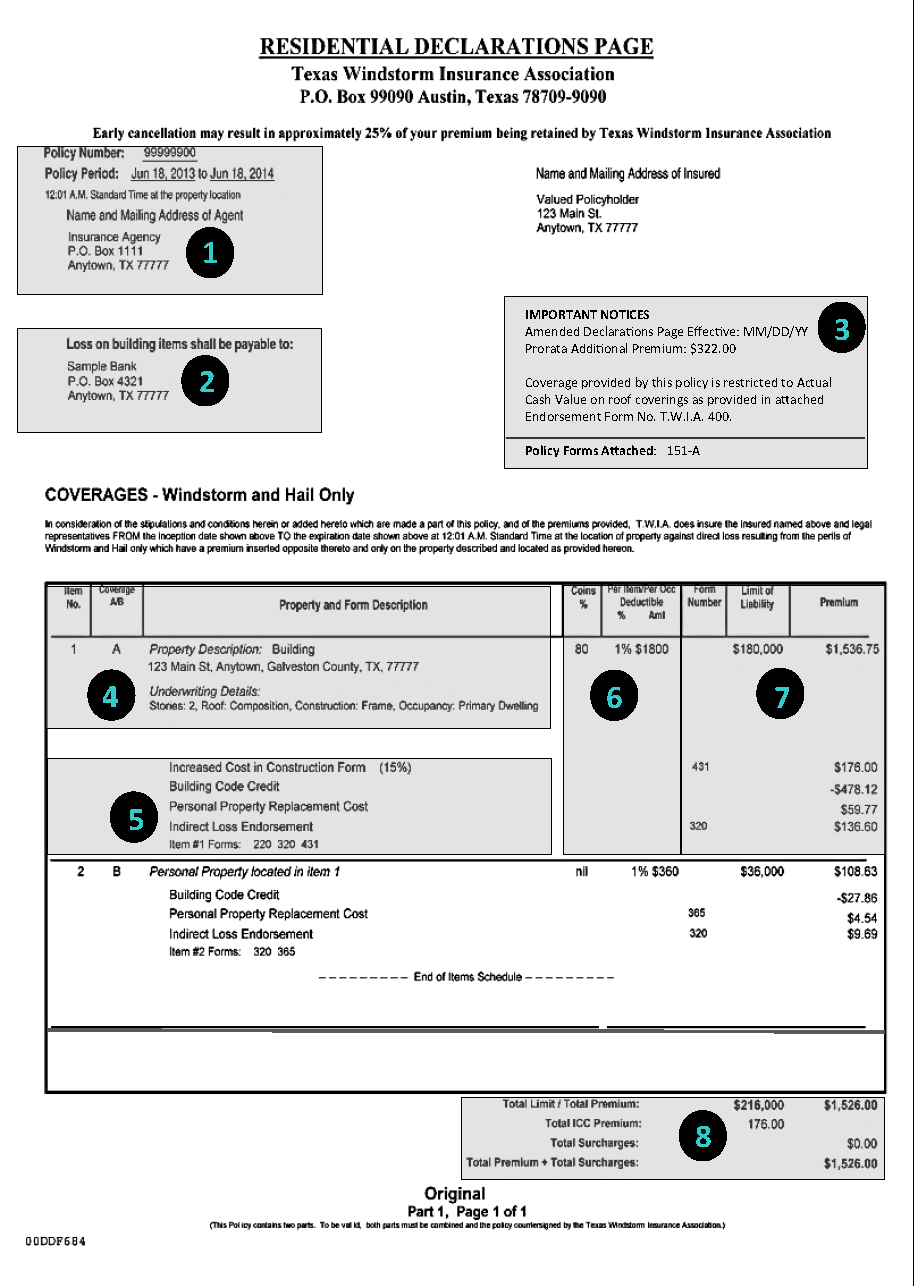Do you know what a windstorm is? There are many types. You may hear the terms “Bomb cyclone” or “Derecho” but do you really know what they are? Thankfully, we can answer that question for you! Let’s get started. A windstorm is a type of weather that can affect a specific region. In addition to wind, there are other types of weather conditions that can cause damage, including rain, snow, and hail.
Derecho
A derecho is a strong, sustained windstorm that can produce hurricane-force winds and may even include tornadoes and heavy rain. It is also associated with large amounts of precipitation and flash flooding. Derechos are usually associated with mesoscale convective systems. Although they are not tropical in nature, their warm core makes them unpredictable. On 21 July 2003, one such derecho swept across the Midwestern United States. It formed near a weak stationary-warm front and matured into a wavy squall line that swept across parts of southern Indiana and western Ohio.
Although the term “derecho” is not commonly used in the United States, meteorologists have long recognized that organized lines of thunderstorms can cause damaging winds. In the 1870s, Gustav Hinrichs studied severe wind events and concluded that “straight-line winds” are much more destructive than rotating tornadoes. This resulted in the name “derecho,” which is pronounced “deh-RAY-cho.” Derechos are often associated with the Midwest and combine high winds with pelting rain and lightning strikes. While they have similarities to tornadoes and other types of catastrophic weather, they have important differences.
Dust devil
A whirlwind of dust is known as a dust devil. Dust devils are usually harmless, but occasionally they grow so large that they damage trees and buildings. A recent dust devil in West Michigan caused major damage to a local nursery. Though they’re usually harmless, dust devils are powerful enough to tear a roof off of a building. However, they’re not the only wind-related damage a building can sustain.
The dust devil forms when warm air rises from below and falls back to the earth. As the air rises, it cools and begins to rotate, creating a dust devil. These dust devils can be large or small, but the diameter of the wind-driven column is around three feet. They last a few seconds, and then disappear as the colder air mixes in and disrupts the equilibrium.
Bomb cyclone
During a windstorm, the most dangerous part of a storm is the bomb cyclone. It develops when winds exceed 150 mph in the upper atmosphere, warm sea surface temperatures offshore, and a highly unstable atmosphere. A bomb cyclone can also lead to tornadoes and hurricane-force winds. However, it is difficult to predict when a bomb cyclone will form and how damaging it will be.
A bomb cyclone can grow as large as 60 millibars within 24 hours, with an “eye” similar to that of a hurricane. These storms have winds that are high enough to damage property, knock trees over, and knock out power lines. Bomb cyclones typically develop in the western North Atlantic region, where cold air from North America collides with warm air over the Atlantic. Warm waters from the Gulf Stream can also support festering storms.



